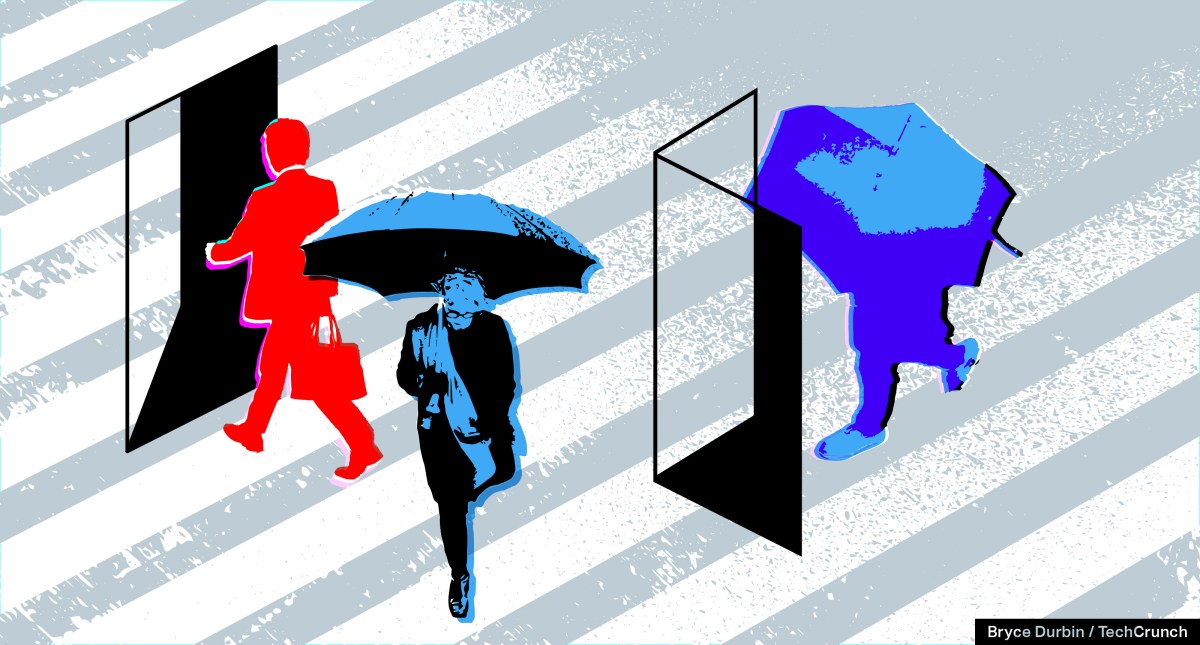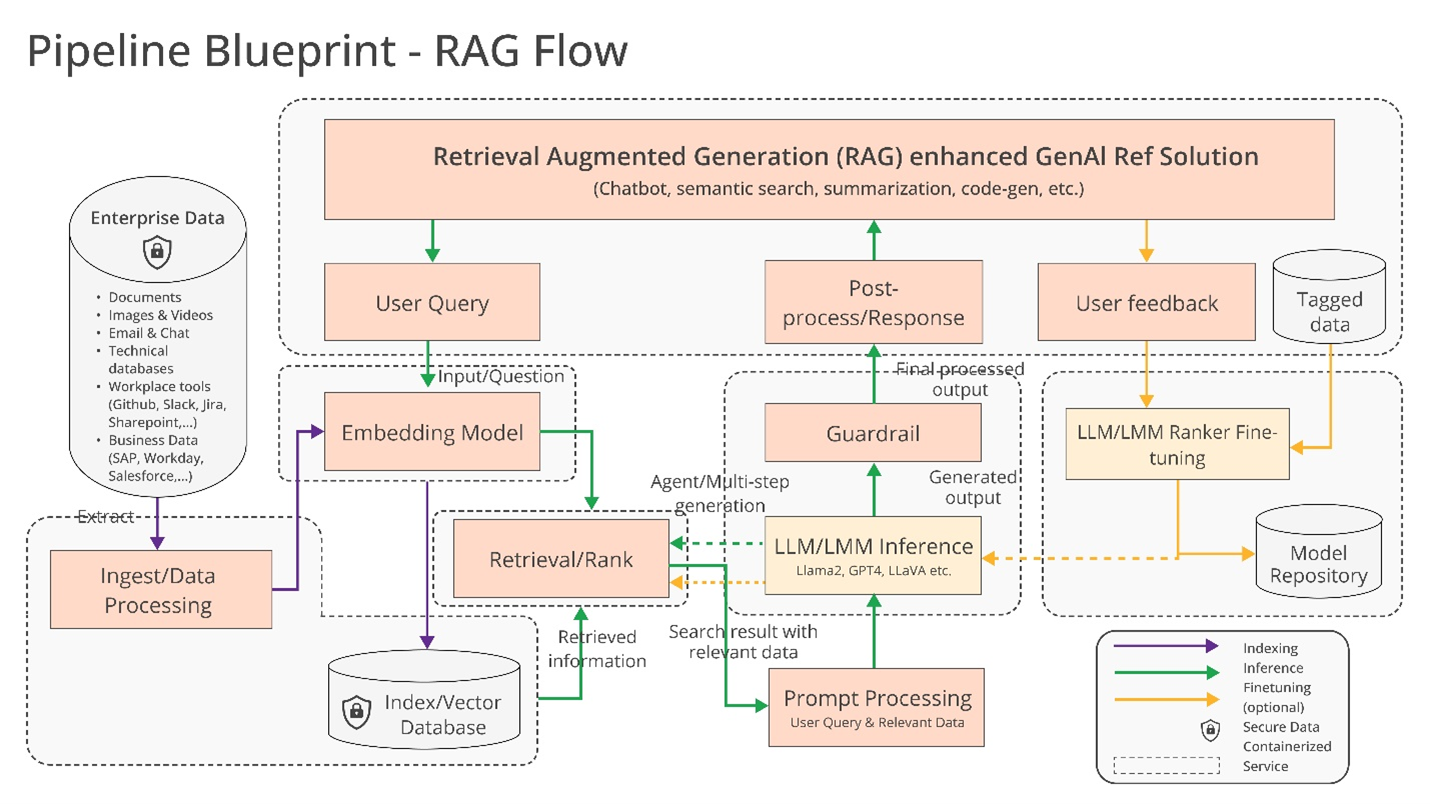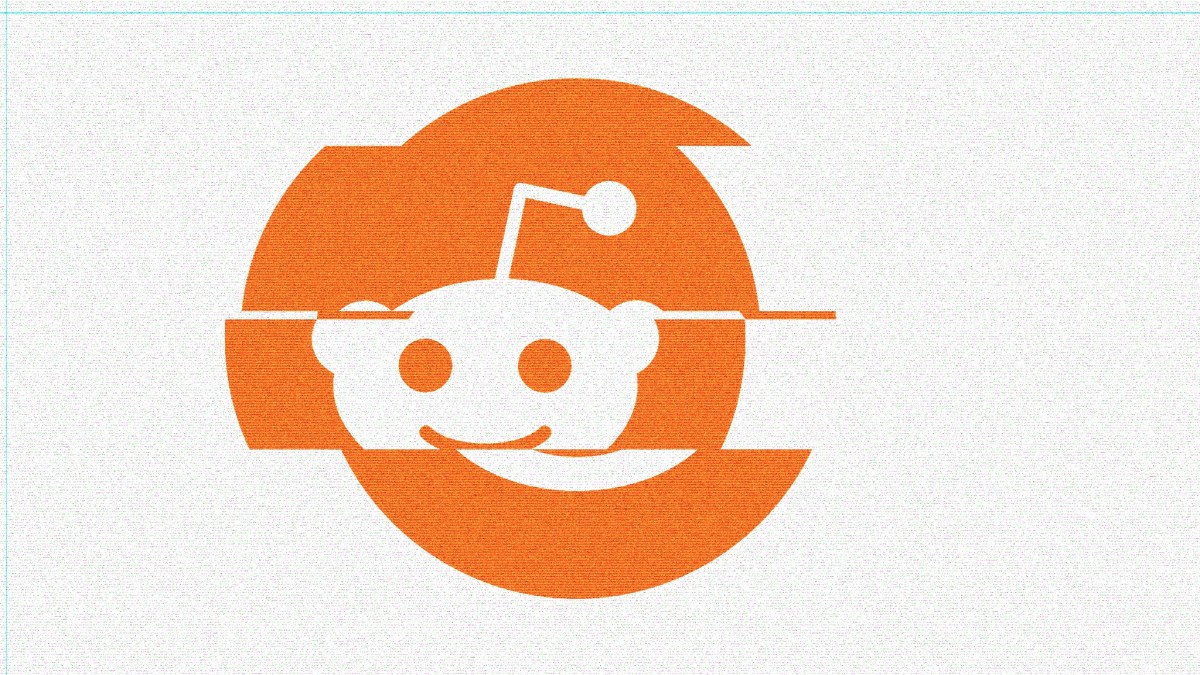The tool generates a podcast called Deep Dive, which features a male and a female voice discussing whatever you uploaded. The voices are breathtakingly realistic—the episodes are laced with little human-sounding phrases like “Man” and “Wow” and “Oh right” and “Hold on, let me get this right.” The “hosts” even interrupt each other.
To test it out, I copied every story from MIT Technology Review’s 125th-anniversary issue into NotebookLM and made the system generate a 10-minute podcast with the results. The system picked a couple of stories to focus on, and the AI hosts did a great job at conveying the general, high-level gist of what the issue was about. Have a listen.
MIT Technology Review 125th Anniversary issue
The AI system is designed to create “magic in exchange for a little bit of content,” Raiza Martin, the product lead for NotebookLM, said on X. The voice model is meant to create emotive and engaging audio, which is conveyed in an “upbeat hyper-interested tone,” Martin said.
NotebookLM, which was originally marketed as a study tool, has taken a life of its own among users. The company is now working on adding more customization options, such as changing the length, format, voices, and languages, Martin said. Currently it’s supposed to generate podcasts only in English, but some users on Reddit managed to get the tool to create audio in French and Hungarian.
Yes, it’s cool—bordering on delightful, even—but it is also not immune from the problems that plague generative AI, such as hallucinations and bias.
Here are some of the main ways people are using NotebookLM so far.
On-demand podcasts
Andrej Karpathy, a member of OpenAI’s founding team and previously the director of AI at Tesla, said on X that Deep Dive is now his favorite podcast. Karpathy created his own AI podcast series called Histories of Mysteries, which aims to “uncover history’s most intriguing mysteries.” He says he researched topics using ChatGPT, Claude, and Google, and used a Wikipedia link from each topic as the source material in NotebookLM to generate audio. He then used NotebookLM to generate the episode descriptions. The whole podcast series took him two hours to create, he says.











